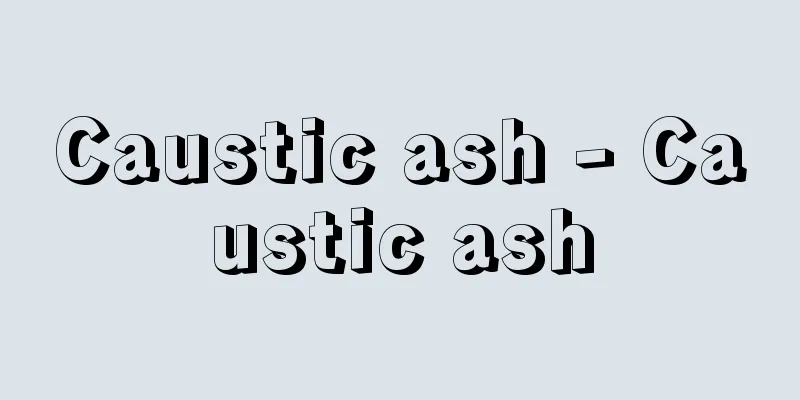Relics Scattered Site - Ibutsu Sanretsuchi

|
…In 1894, Torii Ryuzo and Ohno Entaro discovered pottery and stone tools several tens of centimeters below the surface in a cut in the hills of Kokubunji, Tokyo, and were the first to recognize that ruins existed not on the ground but "several feet underground." In the 107th issue of the Journal of the Tokyo Anthropological Society (1895), the two named this the "artifact-containing layer," and called the remains that had been destroyed by development and cultivation and scattered above ground the "artifact-scattering area" (later popularized as the "artifact-scattering area"). Therefore, in academic history, the artifact-containing layer does not include the shell mound sedimentary layer. … *Some of the terminology used to refer to "scattered remains" is listed below. Source | Heibonsha World Encyclopedia 2nd Edition | Information |
|
…1894年,鳥居竜蔵,大野延太郎は,東京国分寺の丘の切通しで,地表下数十cmに土器,石器が包含されているのを実見し,遺跡が地上ではなく〈地下幾尺かの土中〉に存在することを初めて認識した。2人は《東京人類学会雑誌》第107号(1895)でこれを〈遺物包含層〉と名づけ,開発・耕作によってこれがこわれ,地上に散乱したものを〈遺物散列地〉(のちに遺物散布地の名で普及)とよんだ。したがって学史的には,遺物包含層は貝塚の堆積層を含まないことになる。… ※「遺物散列地」について言及している用語解説の一部を掲載しています。 出典|株式会社平凡社世界大百科事典 第2版について | 情報 |
<<: Foreign body removal cystoscope - Ibutsujokyoboukoukyou
>>: Relic Scattering Area - Ibutsu-san Puchi
Recommend
Mannheim School of Music
The musicians who served Prince Karl Theodor (rei...
Aburame (Aburahaya) - Aburame
...The name probably comes from the fact that the...
Polyethylene glycol
Abbreviated as PEG or PEO. Also called polyethyle...
Red apron - Akamaedare
A red apron worn mainly by women working as waitre...
Worsaae (English spelling) Jens Jacob Asmussen Worsaae
Danish archaeologist. He served as director of th...
Administrative litigation - gyosei sosho
A dispute between citizens and an administrative ...
Hospital oil field
An oil field located in Nikaho City, Akita Prefect...
Hiromi [town] - Hiromi
This is an old town in Kitauwa District, occupying...
Deficit bonds - Akajikokusai
Article 4 of the Financial Law stipulates that &qu...
Kinema Junpo - Kinema Junpo
A film magazine. It is the oldest of Japan's s...
Circular delta - Circular delta
...When the area between two or more natural leve...
Mosquito stinger
〘 noun 〙 A bait used for fishing, made of feathers...
Sugar mite - Sugar mite
A mite of the family Saccharomyces, which is distr...
Isotactic
...That is, as shown in Figure 6, if the C-C bond...
Nasion
…Facial height divided by facial width, a numeric...









